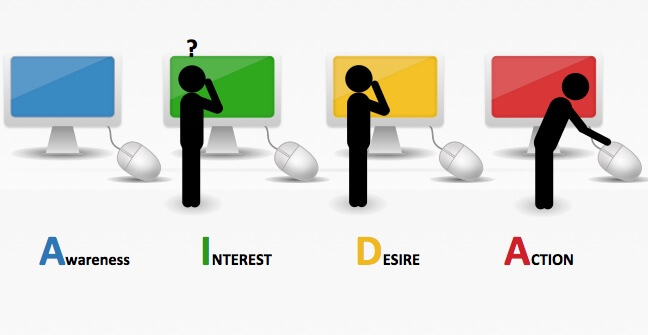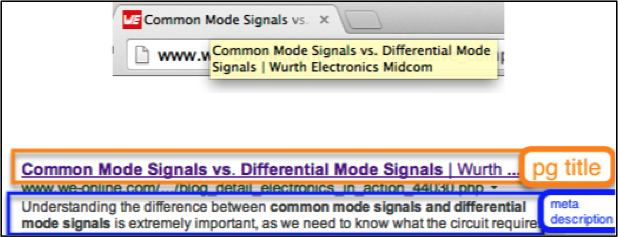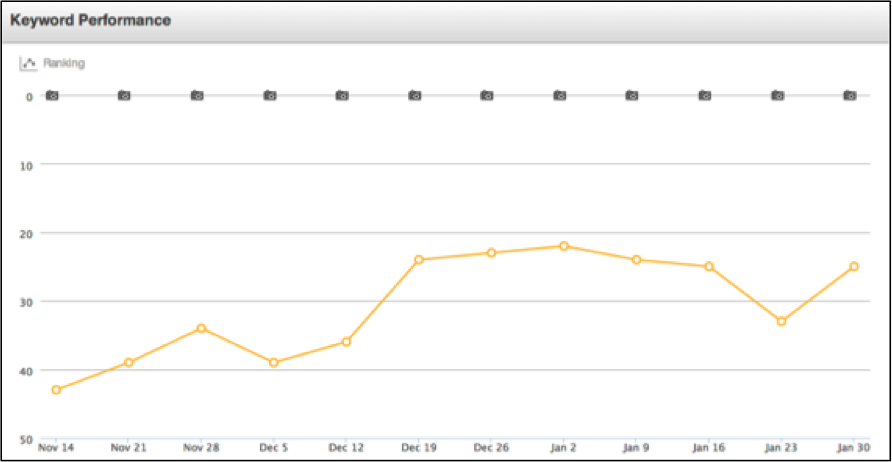To reach your SEO goals, your landing pages must map to search terms tied to the appropriate stage in the customer journey. Columnist Jim Yu explains how to achieve this.The past two years have been filled with Google algorithm updates designed to improve the user experience.
The Hummingbird update’s intent was to better understand queries so that users could be directed towards more helpful pages. The Penguin and Panda updates both sought to eliminate low-quality content that managed to work its way to top-ranking positions.
Google’s main aim with these algorithm changes is to help the end user find the best content possible. Content drives online marketing efforts, and the customer experience is key to Google’s success.
The customer experience dictates how customers see a brand and how they feel about it. In fact, CMOs questioned for a February 2015 Duke University survey believed that two of consumers’ top three priorities are superior customer service and a trustworthy relationship.
Content for its own sake is out. Content to improve the experience of customers is in.
Your primary goal in developing your content strategy should be communicating with your customers. That means listening to what they have to say, responding to them and making them happy. By placing the customer first, you will notice multiple benefits:
- Your content will better fit the needs of your visitors, which means your site will be safer from algorithm updates meant to encourage you in that direction.
- You will increase engagement with current visitors.
- You will create a better customer experience, producing more brand advocates and positive reviews — and positive reviews can increase the odds of someone making a purchase by as much as 58 percent, according to a TrustPilot case study.
Creating content for the customer experience means meeting customers where they are, both in terms of the sites they visit and their progress towards making a purchase.
The Necessity Of Creating A Holistic Experience
If your primary concern lies with the user’s experience, then you must recognize the value of a holistic look at marketing. You must be willing to engage your customers wherever they might be, even when they’re not on your website. Sometimes customers might come across your postings on social media or other alternate channels and may not want to click through to your main site.
You have a choice: You can either engage these potential leads or you can watch them leave.
Taking a holistic approach to your marketing effort means addressing the needs of consumers, regardless of the platform on which they interact with the brand. While bringing people to your website should always be an objective geared to attracting customers, you also need to offer content that will help and engage them off-site, too.
As you calculate the success of your marketing efforts, you need to take into account how customers respond to your content. That will give you a more accurate picture of your performance.
Aligning Content To The Customer Journey — AIDA
There are four main phases that your customers will pass through as they prepare to make a purchase. Knowing what people search for and what they are interested in finding during each phase can help you better engage these visitors. At each phase, you can create content that addresses their needs, building your relationship and solidifying a sale.

Awareness
The Awareness phase is the first step on your customers’ journey. This is when customers are most likely to use informational searches. They are just beginning the process of researching products and services that can help them resolve a particular pain point. The keywords used for this phase tend to be more general, like:
- What is [keyword]?
- Definition of [keyword].
- Head terms.
These visitors are most interested in reading content that gives them an informative and engaging exploration of the topic in which they are interested. That is why in-depth articles, certain infographics and videos can be excellent types of content for this phase.
For example, consider IBM. The brand ranks in position two for “BYOD” — bring your own device. It has a page dedicated to exploring the topic, and users can then download a free white paper to learn more.
“BYOD” or “Bring You Own Device” is a term that suggests that an IT manager or CTO is just starting to investigate their options. To address this, IBM has a page dedicated to explaining what BYOD is and why it’s important for business. This builds a relationship with a user before they have become a customer.


